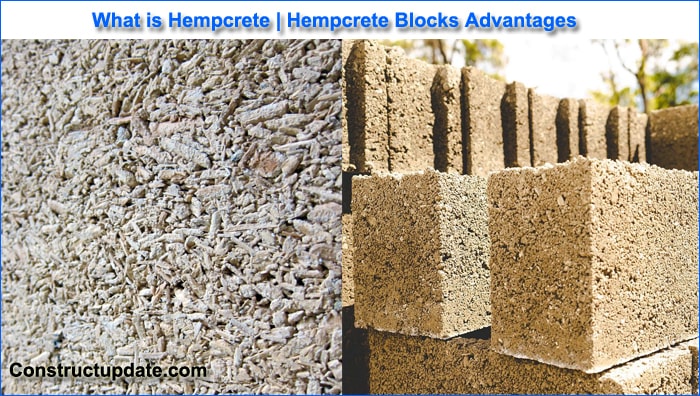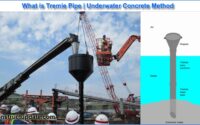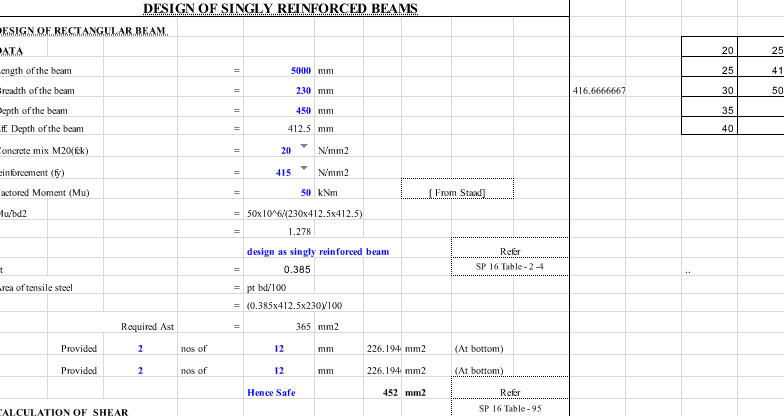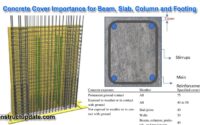Hempcrete or Hemplime Construction | Hempcrete Applications | Hempcrete Blocks | Advantages and Disadvantages
What is Hempcrete?
Hemp, lime, and other natural resources are combined to create hempcrete. The air lime used in the lime component is specially prepared to hasten the setting process. Hemp stalks are used to make the hurds. Hemp is a plant that may be produced without the use of chemical plant protection agents, uses little water, and helps to regenerate agricultural land. A lightweight, or even ultra-lightweight, natural concrete is produced by mixing hemp with lime. Due to its high thermal mass and vapour permeability, it produces high-performance structures that can adhere to both present and upcoming thermal norms.
Hempcrete is one of those bio-based building materials that can be used to construct, renovate, and restore all types of structures, including homes, apartment buildings, public and private sector structures, and structures with a rich architectural history, such as traditional structures and buildings with historic designations.
Lime and hemp are combined in quantities appropriate for the task at hand to create hempcrete. It can be used to create insulating walls, linings, roofs, screeds, attic spaces, and renders thanks to its versatility.

Hempcrete Blocks
There are numerous items constructed of hempcrete that can be found on the market. However, blocks made of hempcrete are frequently utilised in buildings.
Blocks made of hempcrete are strong, lightweight, and well-insulated. Blocks made of hempcrete are frequently used as insulation.
Great silica content in hempcrete contributes to its high strength. Silica’s primary use is to join together various natural substances.
Hempcrete has a density of 300 to 900 kg/m3.
Blocks made with hempcrete are found to have a compressive strength of about 1 Mpa.
Why hempcrete?
In the construction sector, there aren’t many “new” materials. Since decades, the same materials have been used to insulate homes and businesses, and the majority of them have negative effects on the environment and/or human health.
The amount of insulating material we use will increase significantly as we all start to insulate buildings more to reduce their energy needs. Filling this capacity with materials that are yearly renewable, low impact, and, ideally, derived from waste streams or from byproducts from other operations makes sense from an ecological and cost perspective.
Hempcrete satisfies all of these crucial requirements and, in many ways, outperforms traditional insulating materials.
Advantages of Hempcrete Blocks
- Blocks made of hempcrete are green and economical building materials.
- Hempcrete blocks aid in thermal regulation, which controls the building’s temperature.
- Blocks made of hempcrete weigh relatively little and are simple to move from one location to another.
- Blocks made of hempcrete aid in creating permeable walls.
- It is disaster-resistant, which contributes to the buildings’ safety.
- It is an effective and long-lasting green building material.
- Blocks made of hempcrete have great sound and heat insulation qualities.
- Blocks made with hempcrete resist fire.
- Using blocks made of hempcrete makes construction simple and quick.
- Hempcrete is an environmentally friendly building material.
- It offers the residents a healthy indoor environment.
- Hempcrete might be the greatest material to utilise while renovating structures.
- It can handle a lot of dampness.
- Additionally, it is employed in decorative work.
Disadvantages of Hempcrete Blocks
- Hempcrete walls are larger and thicker than other walls, reducing the amount of carpeting required.
- Compressive strength is low for hempcrete.
- Additionally, because of its low elastic modulus, it cannot support direct loads.
- It requires frames to transport weight, hence it cannot be utilised to carry huge loads.
- Hempcrete’s primary raw ingredient does not grow everywhere.
- The foundation of the buildings cannot be constructed of hempcrete.
- In contrast to concrete, hempcrete is less common because hemp is hard to come by.
- Lack of knowledge regarding hempcrete construction among builders.
Applications of Hempcrete
- It is frequently employed in building renovation and extension projects.
- It serves as insulation for older structures.
- It is also employed in plastering projects.
- Because of its small weight, it is the optimum choice when less dead load is needed for the building.
- It is utilised for both roof and floor insulation.
- Additionally, it is utilised to insulate both the interior and exterior of structures.
- It is used to close off the perimeter of the house completely.
Hempcrete Construction
- Hempcrete is a natural building material with superior insulating qualities.
- The raw components were mixed on-site, and the hempcrete was then poured into the formwork.
- Hempcrete is more popular now than ever before thanks to its many fantastic qualities.
- Hempcrete is one of the best and most popular Hempcrete products in construction. There are various Hempcrete products on the market.
Here are the steps that are taken when building blocks out of hempcrete.
- Mixing of Hempcrete
- Lime, water, and hemp slivers are combined together properly and in the appropriate ratios.
- Moulding of Hempcrete
- The mould is then properly filled with the combined hempcrete, and the air voids are eliminated.
- Curing of Hempcrete
- The blocks are then kept outside to cure after that. Curing is crucial since it gives the Hempcrete bricks strength and toughness.





